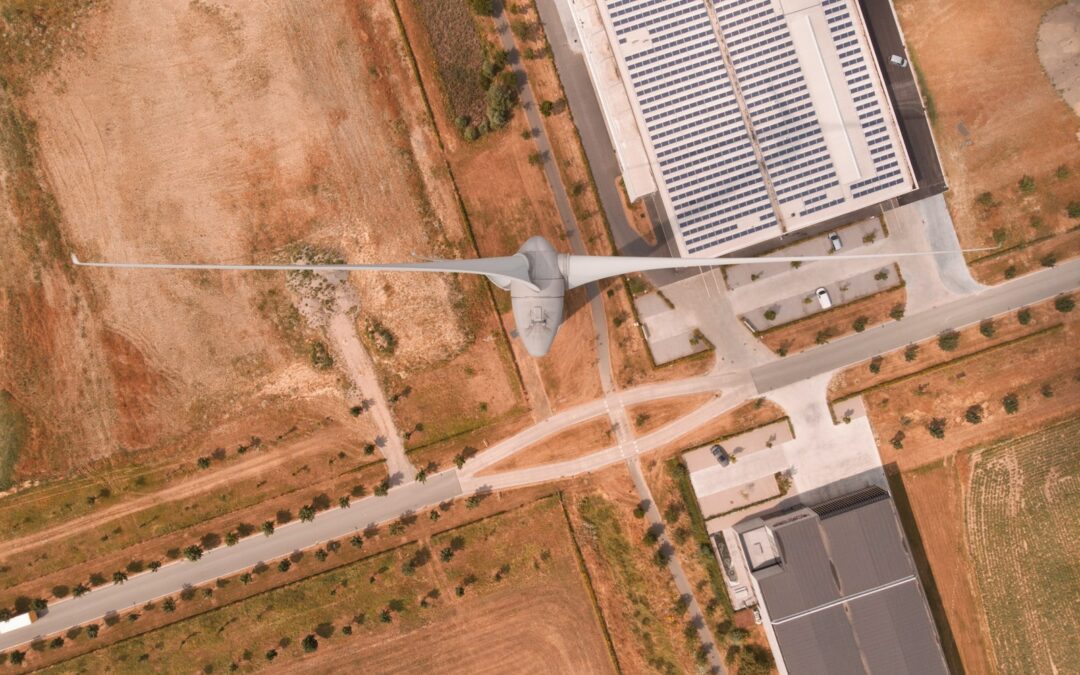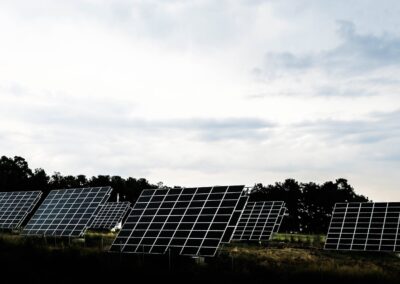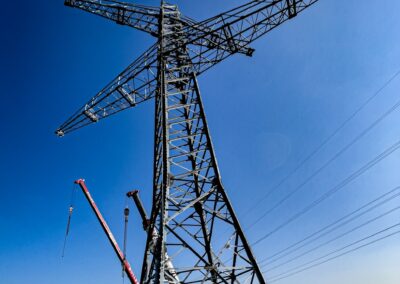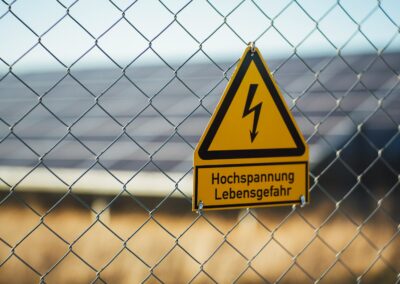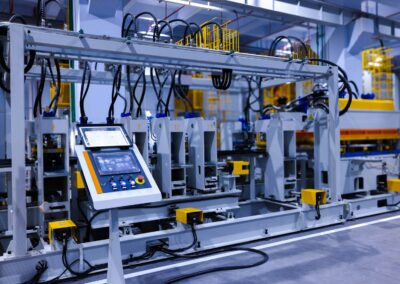Transforming Energy Infrastructure with Advanced Technology
Introduction to Digital Twins in Energy Infrastructure
The impact of digital twins on energy infrastructure is profound, offering revolutionary changes in how we develop and maintain energy systems. Digital twins, virtual replicas of physical assets, systems, or processes, enable real-time simulation and analysis of complex energy infrastructure. This technology is pivotal for optimizing operations, enhancing maintenance strategies, and driving future advancements in the energy sector.
Digital twins leverage data from various sources, including sensors, historical records, and real-time monitoring, to create detailed virtual models of energy assets. These models provide insights into the performance, condition, and potential issues of physical infrastructure, allowing for proactive management and decision-making. As energy systems become more complex with the integration of renewable energy sources and smart grid technologies, digital twins offer a comprehensive solution for managing and optimizing these systems.
The relevance of digital twins is particularly pronounced in regions such as Saudi Arabia and the UAE, where there is a strong push towards modernizing energy infrastructure and adopting sustainable practices. Cities like Riyadh and Dubai are leading the way in implementing digital twin technology to improve the efficiency and reliability of their energy systems, setting benchmarks for the industry.
Enhancing Development and Maintenance with Digital Twins
The impact of digital twins on energy infrastructure extends to both development and maintenance phases. In the development phase, digital twins facilitate the design and planning of energy systems by providing a virtual environment for testing and simulation. Engineers and planners can model different scenarios, assess the impact of various design choices, and optimize the configuration of energy assets before physical implementation.
During the maintenance phase, digital twins play a crucial role in predictive and preventive maintenance. By continuously monitoring the condition of energy infrastructure through real-time data, digital twins can predict potential failures and recommend maintenance actions before issues escalate. This approach not only reduces downtime but also extends the lifespan of energy assets, resulting in cost savings and improved operational efficiency.
Furthermore, digital twins enable better coordination between different components of the energy infrastructure. For instance, integrating renewable energy sources with conventional power plants can be optimized through digital twin simulations, ensuring a balanced and reliable energy supply. This capability is essential for regions with ambitious sustainability goals and growing energy demands, such as Saudi Arabia and the UAE.
Challenges and Solutions in Adopting Digital Twins
Despite the significant benefits, adopting digital twins in energy infrastructure comes with challenges. One major challenge is the integration of data from diverse sources. Energy infrastructure systems often involve complex networks of sensors, equipment, and software. Ensuring seamless data integration and interoperability among these components can be technically demanding and resource-intensive.
Another challenge is the need for advanced analytics and modeling tools. Digital twins rely on sophisticated algorithms and machine learning models to analyze data and generate insights. Developing and maintaining these tools require specialized expertise and ongoing investment. Organizations must invest in training and technology to harness the full potential of digital twins effectively.
Data security is also a critical concern. As digital twins involve the collection and analysis of vast amounts of data, including sensitive operational information, protecting this data from cyber threats is essential. Implementing robust cybersecurity measures and conducting regular security audits are crucial to safeguarding digital twin environments.
Strategies for Maximizing the Benefits of Digital Twins
Developing a Comprehensive Data Management Strategy
To overcome these challenges and maximize the impact of digital twins on energy infrastructure, organizations should develop a comprehensive data management strategy. This includes standardizing data formats, ensuring data quality, and implementing effective data governance practices. Leveraging cloud-based platforms can also enhance data integration and provide scalable storage solutions.
Investing in advanced analytics and simulation tools is vital for harnessing the full potential of digital twins. Collaborating with technology providers and research institutions can help organizations stay at the forefront of innovation. Additionally, ongoing training and skill development for personnel are essential to effectively manage and operate digital twin systems.
Enhancing cybersecurity measures is also crucial for protecting digital twin environments. This involves implementing encryption protocols, establishing access controls, and regularly monitoring for potential security threats. By adopting a multi-layered security approach, organizations can safeguard their data and ensure the integrity of their digital twin systems.
Future Prospects and Industry Impact
The future of digital twins in energy infrastructure holds immense potential for further advancements. As technology continues to evolve, digital twins will become more sophisticated, offering even greater insights and capabilities. The integration of artificial intelligence and machine learning will enhance predictive analytics, enabling more accurate forecasts and optimization strategies.
Moreover, digital twins will play a crucial role in supporting the transition to sustainable energy systems. By optimizing the integration of renewable energy sources and improving energy efficiency, digital twins will contribute to achieving global sustainability goals. Regions like Saudi Arabia and the UAE, with their focus on innovation and sustainability, are well-positioned to lead this transformation.
In conclusion, the impact of digital twins on energy infrastructure is transformative, offering significant benefits in development, maintenance, and operational efficiency. While challenges exist, the strategies outlined in this article provide a roadmap for successful implementation. Embracing digital twin technology will enable organizations to stay competitive and drive innovation in the ever-evolving energy sector.
—
#DigitalTwins #EnergyInfrastructure #SmartGrids #PredictiveMaintenance #AI #SaudiArabia #UAE #Riyadh #Dubai #ModernTechnology #BusinessSuccess #LeadershipSkills #ProjectManagement

